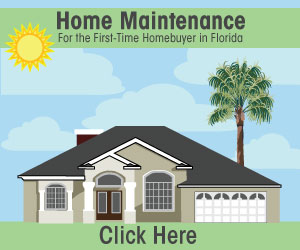 If you’ve just bought a new house – and especially if this is your first time buying one – you’re probably wondering exactly how your homeowners insurance works and what it covers. Well, a better answer may be what it doesn’t cover. Many new homeowners assume their policy handles quite a few types of damage that it doesn’t, and the results can be devastating in a disaster. So before calling it a day and turning your attention to other things, it’s best to find out what your home insurance fails to cover and fill in any holes. Here are five of the biggest gaps that you might consider plugging.
If you’ve just bought a new house – and especially if this is your first time buying one – you’re probably wondering exactly how your homeowners insurance works and what it covers. Well, a better answer may be what it doesn’t cover. Many new homeowners assume their policy handles quite a few types of damage that it doesn’t, and the results can be devastating in a disaster. So before calling it a day and turning your attention to other things, it’s best to find out what your home insurance fails to cover and fill in any holes. Here are five of the biggest gaps that you might consider plugging.
Neglect-Based Damage
Any damage that occurs to your home as a result of neglect is not likely to be covered by your policy. For instance, if you allow mold to grow, foundations to deteriorate or roofs to break down, you will not be able to convince an insurance company to cover the damage. Don’t test these rules.
Personal Injury
Unfortunately, many homeowners coverage policies do not protect against personal injury. If yours does, great. If not, talk to an insurance agent about adding additional coverage so you can protect yourself against slips, falls or other accidents on your property.
Sewer Issues
When sewers back up or overflow, the results can be truly nasty. This is another area in which you’re out of luck with most policies. If you want to have help when this happens, you may need additional coverage.
Flooding
Many U.S. houses are in danger of flooding due to proximity of nearby lakes, rivers or bays. Unfortunately, most home insurance policies do not cover flooding. If you live on a floodplain – an area of ground into which water overflows – you may wish to add additional coverage to prevent against disaster.
Getting extra insurance to compensate for these holes cannot guarantee that you will be disaster-proof, but it can certainly help you move on with life more quickly if any related catastrophe does occur. Talk to your insurance agent to find out more about how to get the extra coverage and add it to your homeowners insurance policy, and to find out what is covered in your homeowners insurance policy read one of our past blog posts.
Are you a first-time homebuyer? Click the image below to download our tip sheet and learn how to stay up-to-date on the maintenance of your new place.



